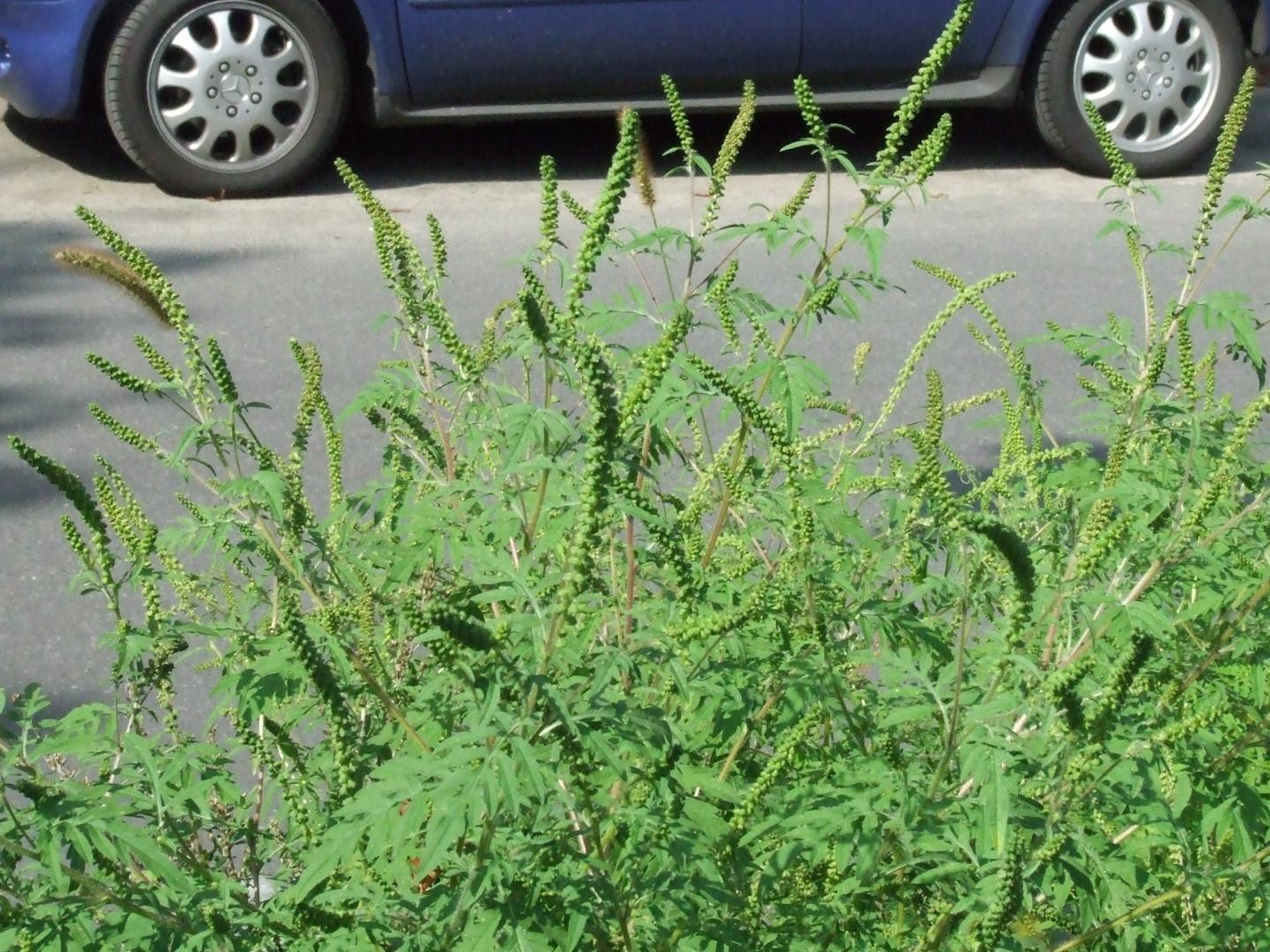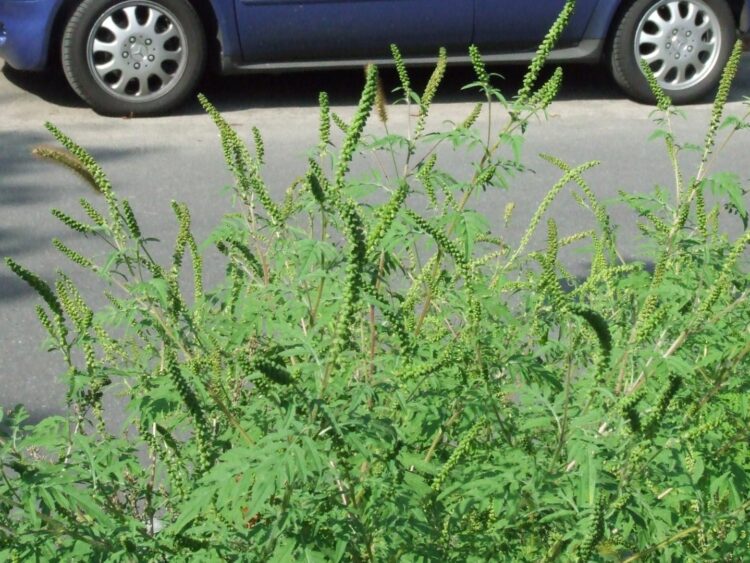
Credit: Uwe Starfinger
Common ragweed is an annual plant native to parts of the United States and southern Canada. It’s an invasive species that has spread to Europe. An important agricultural weed, this plant is particularly well-adapted to living at roadsides, and there are several theories why.
Its rapid expansion in Europe can’t be explained by its natural dispersal rate, which is limited to distances of around 1 meter. Rather, there are other factors in play, human-mediated, that support its invasion success – along roads, for example, it spreads mainly thanks to agricultural machineries, soil movements, roadside maintenance and road traffic.
Studying common ragweed’s distribution patterns is important, because its allergenic pollen affects human health, mainly in southeast Central Europe, Italy and France. Finding out where it thrives, and why, can help with the management and control of its populations.
This is why scientists Andreas Lemke, Sascha Buchholz, Ingo Kowarik and Moritz von der Lippe of the Technical University of Berlin and Uwe Starfinger of the Julius Kühn Institute set out to explore the drivers of roadside invasions by common ragweed. Mapping 300 km of roadsides in a known ragweed hotspot in Germany’s state of Brandenburg, they recorded plant densities at roadsides along different types of road corridors and subject to different intensities of traffic over a period of five years. They then explored the effect of traffic density and habitat type, and their interactions, on the dynamics of these populations. Their research is published in the open-access, peer-reviewed journal NeoBiota.
Surprisingly, high-traffic road cells displayed a consistently high population growth rate even in shaded and less disturbed road sections – meaning that shading alone would not be enough to control ragweed invasions in these sections. Population growth proceeded even on roadsides with less suitable habitat conditions – but only along high-traffic roads, and declined with reduced traffic intensity. This indicates that seed dispersal by vehicles and by road maintenance can compensate, at least partly, for less favorable habitat conditions. Disturbed low-traffic road cells showed constantly high population growth, highlighting the importance of disturbance events in road corridors as a driver for common ragweed invasions.
These findings have practical implications for habitat and population management of ragweed invasions along road networks. Reducing the established roadside populations and their seed bank in critical parts of the road network, introducing an adjusted mowing regime and establishing a dense vegetation layer can locally weaken, suppress or eradicate roadside ragweed populations.
###
Original source:
Lemke A, Buchholz S, Kowarik I, Starfinger U, von der Lippe M (2021) Interaction of traffic intensity and habitat features shape invasion dynamics of an invasive alien species (Ambrosia artemisiifolia) in a regional road network. NeoBiota 64: 55-175. https:/
Media Contact
Ingo Kowarik
[email protected]
Related Journal Article
http://dx.





